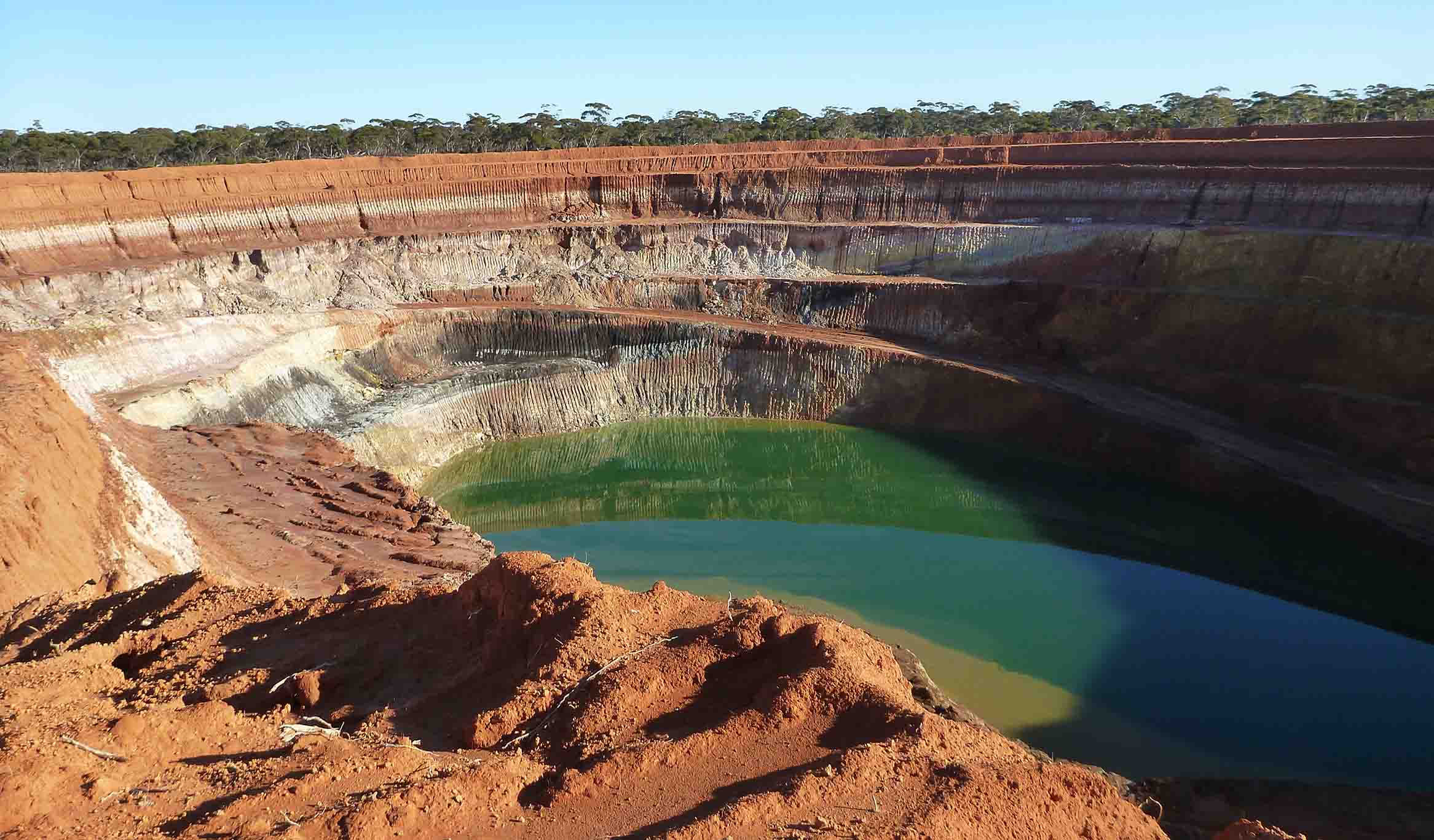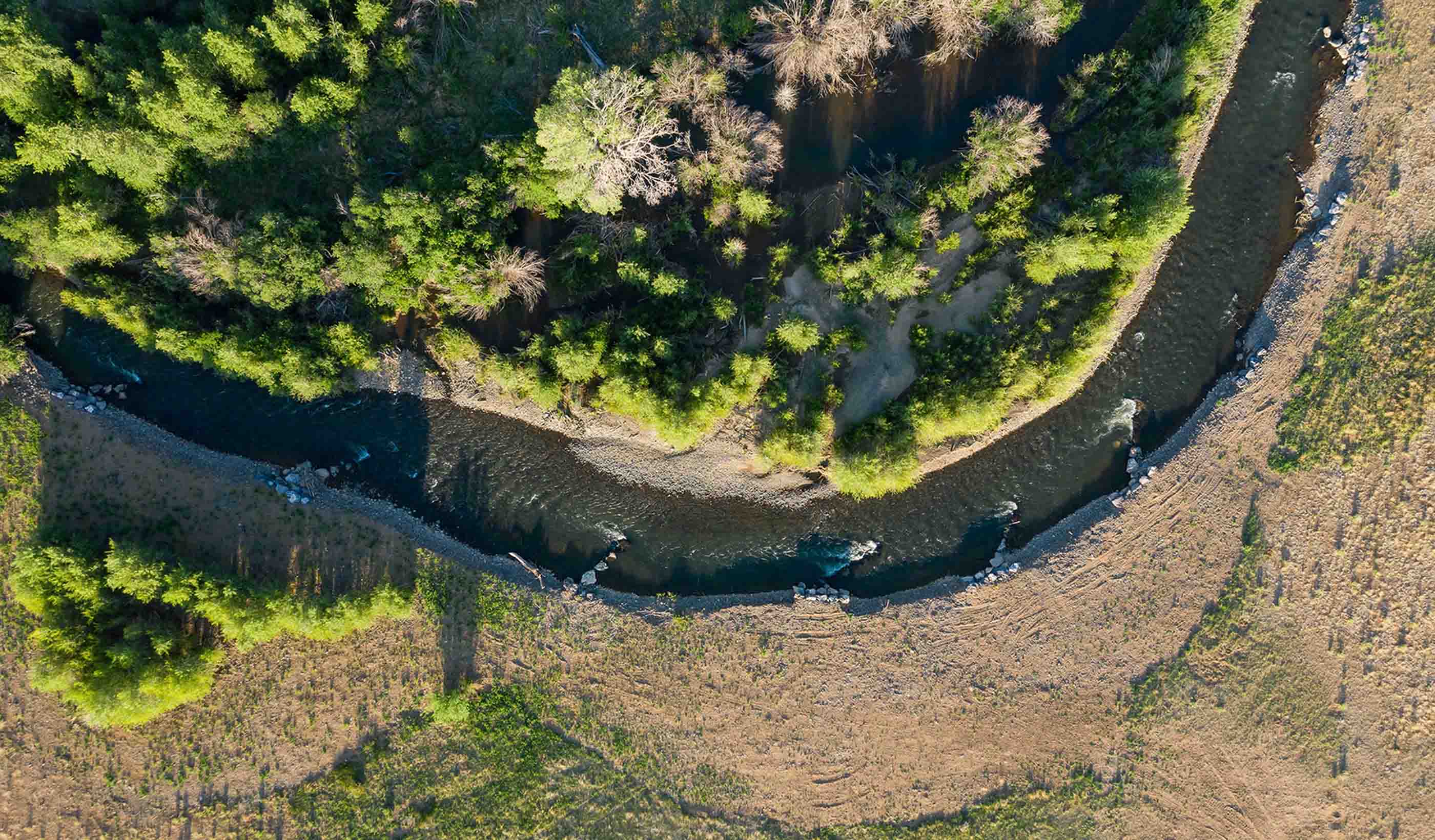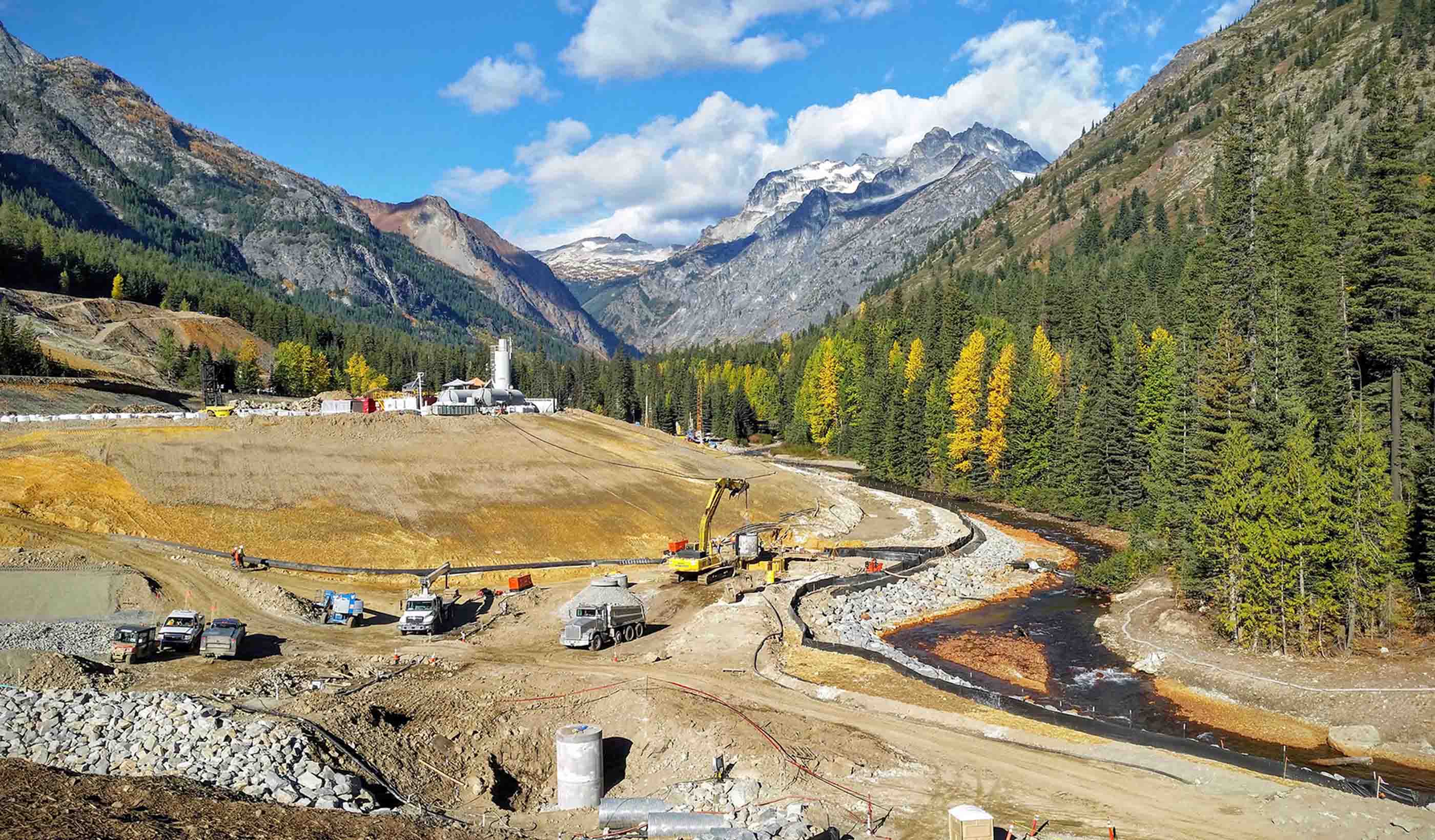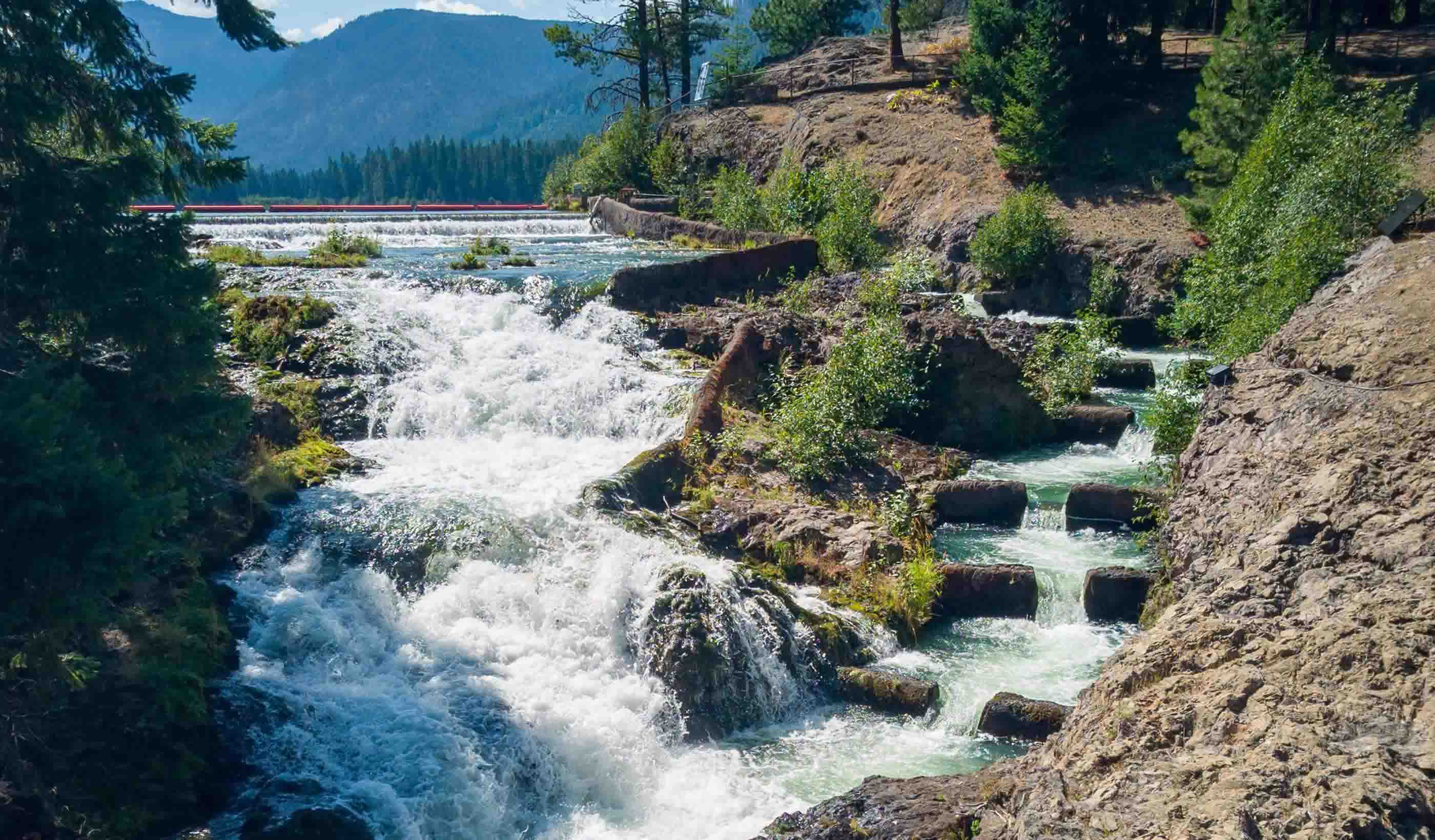Stream restoration is critical for mine rehabilitation
July 05, 2023
July 05, 2023
Promoting biodiversity and sustainability with mine water management
Mining can impact watersheds. Mines use water in their operations and mined lands can affect runoff. For this reason, great care is required to ensure that water resources are not harmed. The mining industry can promote sustainable water management by restoring streams, wetlands, and woodlands to natural ecosystems. Rehabilitation promotes biodiversity. And it helps companies get regulatory and social approval. Restoring a natural water system using Nature-based Solutions (NbS) provides habitat for creatures living on land and in the water. It also supports the United Nations Sustainable Development Goals (SDGs).
In the Australian mining industry, there is increasing demand for proper mine closure and rehabilitation. States and Territories across Australia are implementing statutory guidelines for mining proposals and mine closure plans that include tighter measures for restoring water resources which may be impacted by mining operations.

The St. Ives Gold Mine closure project leads the industry towards improved policies and practices.
Most people would agree that reclaiming disturbed areas to a natural state is a good thing. It’s good for the environment and increases biodiversity. There are other benefits, too.
Responsible mining builds support for future projects. How? A mining company that has shown attention, care, and funding focused on environmental restoration is more attractive in the eyes of investors and the public. Plus, a proven record of responsible mining and environmental care also helps gain trust in communities who are often quick to oppose nearby mining activity.
Community support and buy-in are very real components of today’s mining landscape. Environmental stewardship helps our clients achieve their environmental, social, and governance (ESG) goals. Independent reviews can verify the effectiveness of stewardship activities. Mining companies with awards or certifications for their environmental work are less likely to be opposed than those without. Plus, focusing on the “E” of ESG helps with social goals as well—promoting sustainable and healthy communities, environmental justice, and Indigenous relations. Good environmental stewardship also supports governance, by demonstrating regulatory compliance and risk management. The more we look at projects through an ESG lens, the easier it becomes to see compounding benefits.
A project can support each component of ESG. For example, the Alamosa River Restoration in the United States was good for the environment, promoted healthier communities, and achieved regulatory compliance. How? By restoring more than 12,000 linear feet of the river. The project improved the larger watershed beyond the Alamosa River in Colorado. We saw reduced sediment loading, a stabilised channel, recharged groundwater, and safeguarded infrastructure.

The Alamosa River in Colorado was experiencing increased erosion and unnatural sediment deposition. To mitigate this, our team constructed hydraulic structures along the bank to manage high flows.
Mining is also a business and needs to make money while providing the resources that society needs. But, going above and beyond does not always mean more cost.
When our team started work here, the amount of arsenic in the water was over the drinking water standard. Our work included testing waste rock piles to determine what metals were present and removing waste rock from the channel. We also capped remaining waste rock with an evapotranspiration cover to reduce leaching. Finally, we planted vegetation consistent with the surrounding forest.
After the restoration of the main channel and side tributaries, water quality in Ingram Gulch has greatly improved. Now, arsenic levels are below detection limits.
Mining is also a business and needs to make money. But, going above and beyond does not always mean more cost.
Regardless of the channel type, water management is typically a small percentage of the total reclamation costs at a mine. The greatest costs are usually slope grading, topsoiling, and vegetation. In other words, adjusting the channel construction costs from hard armor to a natural system has a small impact on the final cost.
When restoring a stream, hydrologists and biologists use geometry and vegetation for erosion protection. As such, any additional excavation and vegetation may cost less than buying and placing rocks that are normally used for erosion control in engineered channels. Maintenance costs are also generally less. This is because a natural stream is a resilient ecosystem through a balance of erosion and sediment deposition. Flooding is mitigated by building wetlands and ponds to mimic the natural landscape rather than riprap armoring.

Our work at Holden Mine included groundwater collection and treatment, along with restoration to reestablish vegetation consistent with that of the surrounding forest. Now, the Holden Mine area and the adjacent forest can start the healing process, growing toward a greener future in Washington.
Stream restoration doesn’t require a major effort beyond reclamation and monitoring. Initial water treatment and grading is the same for both nature-based and traditional methods. The main difference lies in re-creating a natural ecosystem using:

Fish passage considerations are becoming more popular in many new restoration projects. Some states, like Washington, are requiring fish passage in infrastructure projects.
A benefit that’s getting lots of attention lately is the potential for riparian and wetland areas to sequester carbon. Large swaths of land—especially rainforest or temperate riparian ecosystems—can become carbon sinks as part of a carbon offset program. We’re seeing this in many industrial site closure plans. We anticipate it will increase in popularity as more companies look to secure carbon offsets.
We hope to see natural streams as part of every future mine closure plan. Choosing to restore stream channels as part of your mine reclamation project is the right thing to do.
But it can also make it easier to obtain permits, funding, and community support. It will also help show the mining industry’s commitment to sustainability and our shared water future. If a mine owner is already grading the site to construct a channel, why not go the extra step and create something that mimics a natural stream? It will benefit us all.